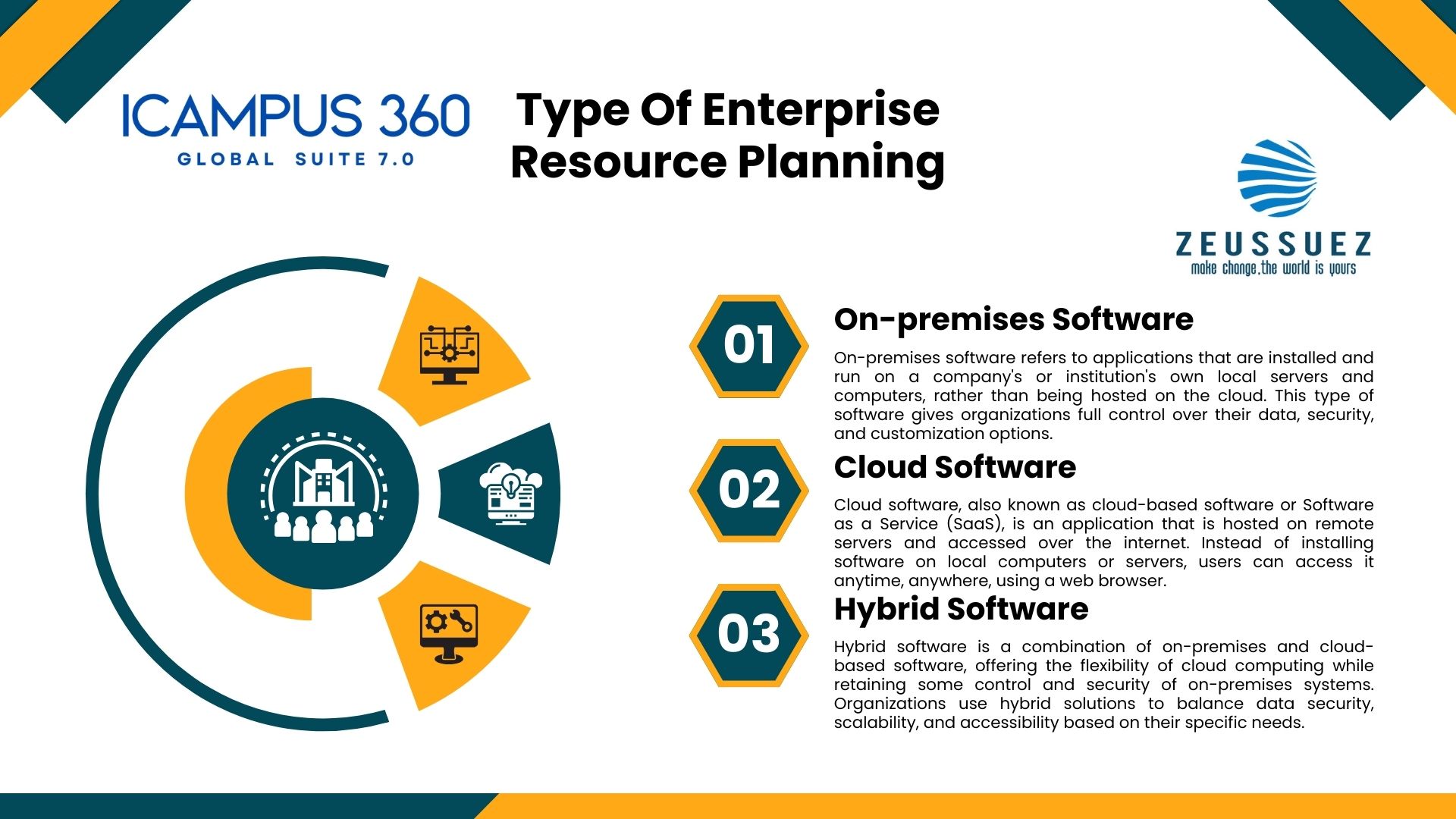Type Of Enterprise Resource Planning | On-Premises Software?
What is On-Premises Software?
On-premises software refers to applications that are installed and run on a company's or institution's own local servers and computers, rather than being hosted on the cloud. This type of software gives organizations full control over their data, security, and customization options.
Key Features of On-Premises Software:
✔ Installed Locally – Runs on the organization's own hardware and servers.
✔ Full Control & Security – Data is stored within the company, reducing third-party risks.
✔ Customization – Can be tailored to specific business or institutional needs.
✔ One-Time Licensing Cost – Unlike cloud-based software with ongoing subscription fees, on-premises software often requires a one-time purchase.
✔ Requires In-House IT Management – Organizations are responsible for updates, maintenance, and security.
Benefits of On-Premises Software:
✅ Better Data Security – Sensitive information remains within the organization.
✅ Customization – Organizations can modify software based on unique requirements.
✅ Reduced Dependency on Internet – Functions without relying on a continuous internet connection.
✅ Compliance & Regulatory Control – Meets strict data regulations, especially in industries like healthcare, finance, and education.
Examples of On-Premises Software:
- ERP Systems (SAP, Microsoft Dynamics, Oracle ERP)
- Learning Management Systems (LMS) (Moodle, Blackboard)
- Customer Relationship Management (CRM) (Microsoft Dynamics CRM, Salesforce on-premises)
- Accounting Software (Tally, QuickBooks Desktop)
- Database Management Systems (Oracle Database, Microsoft SQL Server)
On-Premises vs. Cloud Software
| Feature | On-Premises | Cloud-Based |
|---|---|---|
| Hosting | Local servers | Third-party data centers |
| Control | Full control over data & security | Limited control, vendor-dependent |
| Cost | High initial cost, low ongoing fees | Subscription-based model |
| Internet Requirement | Works offline | Requires internet |
| Scalability | Requires hardware upgrades | Easily scalable |
